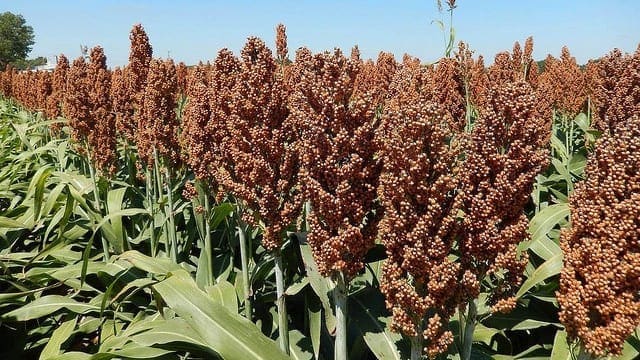EAST AFRICA – The Food and Agriculture Organisation (FAO) is seeking an additional US$38 million support to continue work of combating the locust menace in Kenya, Somalia, Ethiopia and Yemen.
Without this support which will be channelled towards financing fuel, airtime, and pilot hours, the 28 anti-locust aircraft which are now patrolling the skies to spot and spray locust swarms could cease operations in March, indicates FAO.
“Governments have built up capacity in record-time. Swarms have been massively reduced in number and in size.
“It would be tragic to throw these achievements away just as the nations of East Africa are starting to see light at the end of the tunnel,” said FAO Deputy Director-General Laurent Thomas.
When the first wave of locusts first exploded across East Africa in early January 2020, fuelled by heavy rains dumped by an abnormally late season cyclone, many countries had little or no capacity to monitor movements of the pest or mount control activities at scale.
Indeed, most had not seen a locust incursion of such magnitude in over 50 years.
Now, one year on, with FAO support they have succeeded in fielding a locust fighting force in the air and on the ground that involves 28 airplanes and helicopters, 260 ground units, and some 3,000 newly trained spotters and control operators.
More than 1.5 million hectares of land have been treated since the start of the campaign in January 2020.
Over 6,000 hours of air sorties have been flown to spot and spray infestations of the pest.
This is in addition to new innovations such as the eLocust3 digital tools, satellite imagery, artificial intelligence, and trajectory models that have been harnessed to report locusts in real-time and deliver maps of infestations, breeding areas, and migration routes.
As a result, more than 1.5 million hectares of land have been treated in East Africa and Yemen since the start of the campaign in January 2020.
FAO estimates these efforts helped avoid crop and dairy losses worth US$1.2 billion, safeguarding the livelihoods of 28 million people.
“The last time Africa saw an upsurge of locusts approaching this scale, in the Sahel, it took two years and more than US$500 million to bring under control. This upsurge was even bigger, but East Africa is poised to end it — provided governments can keep those aircraft flying,” said Thomas.
Meanwhile, a combined total of €7.6 million in funding from the European Union (EU) is helping the United Nations World Food Programme (WFP) address the growing food needs in Mozambique driven by climate change, insecurity, displacement and the socio-economic impact of the COVID-19 pandemic, while also strengthening national capacity to respond to natural disasters.
With the donation WFP plans to provide food assistance to nearly 470,000 people, while also helping the National Disaster Management Institute (INGC) strengthen its capacity to prepare for and respond to disasters using unmanned aerial vehicles or drones, which efficiently gather essential data.
In Madagascar, the African Development Bank (AfDB) has approved an emergency aid of US$686,000 to the Island, to enable it cope with the combined effects of the drought and the Covid-19 pandemic.
This grant will be used for food assistance, vital for the most vulnerable groups and support for the prevention of acute malnutrition.
Liked this article? Subscribe to Food Business Africa News, our regular email newsletters with the latest news insights from Africa and the World’s food and agro industry. SUBSCRIBE HERE










